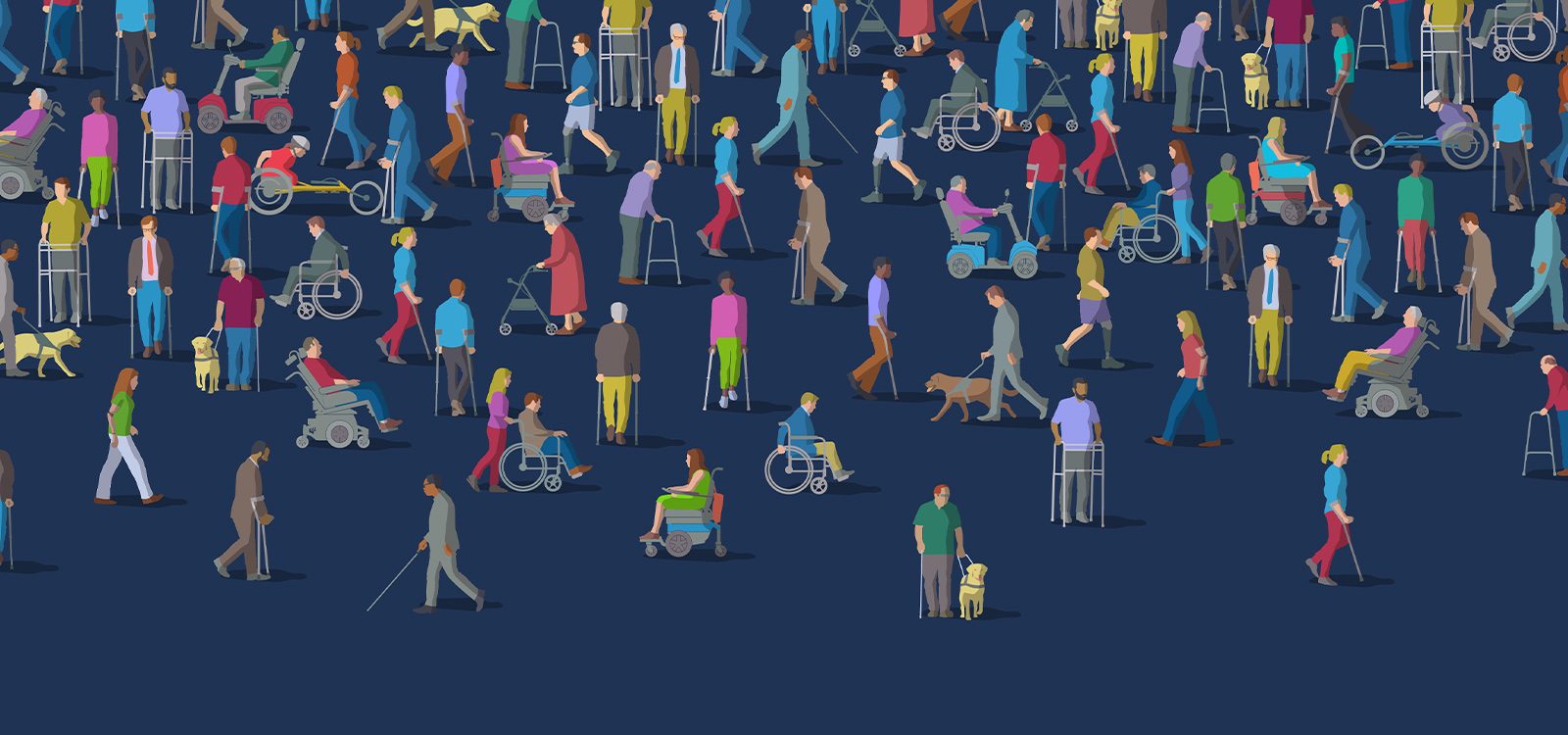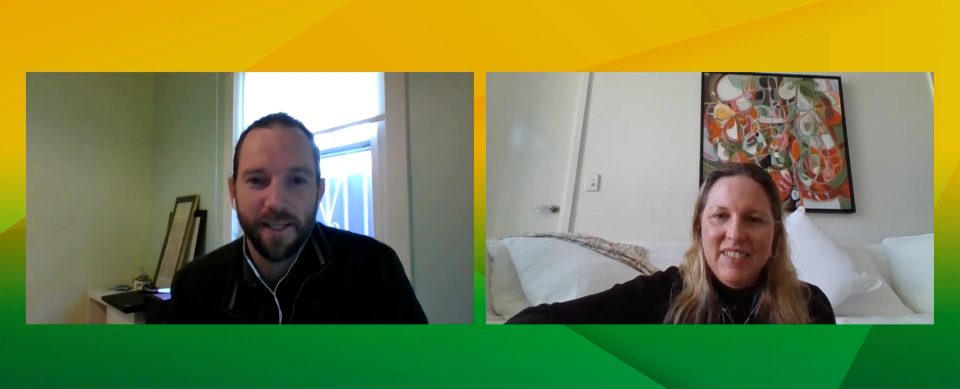
National Disability Insurance Scheme “struggling to contain higher than anticipated costs”
NDIS Scheme Actuary, Sarah Johnson, provided a wide-ranging update on participant feedback, overall performance and the broader impact of the program at the 2021 Injury and Disability Schemes Virtual Seminar.
There were roughly 485,000 participants in the NDIS as at the end of September 2021. When measuring participant experience and outcomes, for that cohort who have been in the NDIS scheme for at least two years, there was a 10% increase in the number of participants taking part in community and social activities.
“While that compared to a total of 65% of people in the general population taking part in community activities, it was still growing,” Sarah said to commence the Concurrent session.

“According to the June 2021 Quarterly Report, 71% of participants said their experience with the NDIS was very good or good, 13% said their experience was neutral, and 15% said their experience was poor or very poor, a metric which the NDIS is looking to improve,” Sarah said.
The scheme update also reveals that the cost of the NDIS is higher than anticipated.
Actuarial forecasts of the total costs of the NDIS scheme in December 2020 are significantly higher than projections by Productivity Commission (PC) estimates in 2017, approximately $139 billion compared to PC forecasts of $104 billion. The Federal Government have set aside $116 billion to cover total costs, according to portfolio budget statements for 2021-22.
“This is essentially due to a much higher average payment per participant compared to PC estimates,” Sarah said.
Much of these costs are a result of more children are coming into the scheme, superimposed inflation, and a higher number of access requests than anticipated.
Average payments have also increased over the last three years by nearly 12% per annum, which is much higher than current wage inflation, and over the last six months there has been a 6.8% increase in payments.
Sarah noted that over 2020 and 2021, there were big increases in online activity, particularly in the therapy market due to COVID-19. The services in terms of social connectivity improved for some participants as they used online forums to talk to other people.
Offsetting NDIS costs, there has been a slightly higher workforce participation rate for families and carers, but not for participants at all.
“However, evidence shows that hospitalisation rates for participants have somewhat declined under then NDIS than before it existed, which would bring some financial benefits,” Sarah said.
“Some disparities in the level of community healthcare investment among the states and territories have led to younger people entering the NDIS scheme despite efforts to support them through community healthcare and thus obviate the need for them to join the NDIS,” Sarah said inclusion.
| All Plenary and Concurrent sessions are available in full and on demand to IDSS registrants through the official IDSS event platform.
Visit Event Reports on Actuaries Digital for further IDSS content. |
Gold Sponsor:
CPD: Actuaries Institute Members can claim two CPD points for every hour of reading articles on Actuaries Digital.







